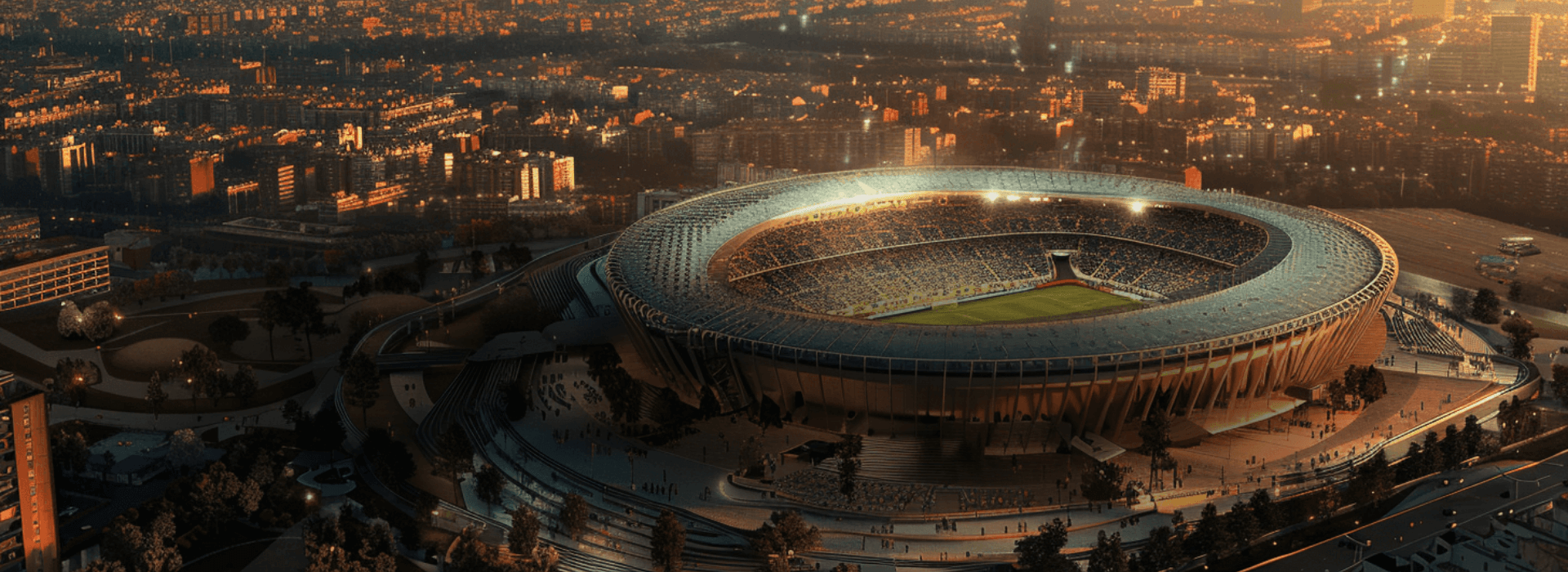
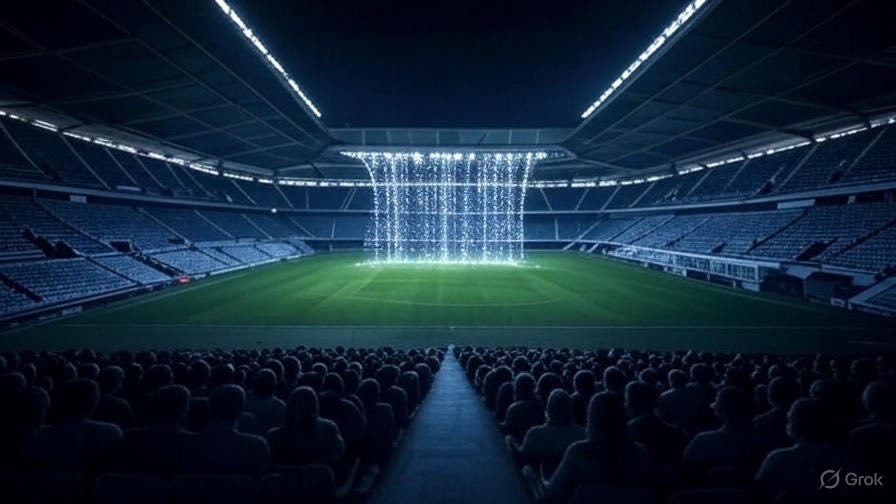
€218M from Thin Air: How Top Clubs Are Using AI to Print Revenue
3 Min Read
€218M from Thin Air: How Top Clubs Are Using AI to Print Revenue
Top clubs are secretly printing money with AI while others watch from the sidelines
Let’s pause for a moment.
There’s no mushroom cloud.
No sirens.
No broken glass.
But make no mistake a detonation has occurred.
Silent. Invisible.
But the shockwave is coming.
It’s coming to sports.
I’m talking about AI.
Everyone talks about AI as a cost-cutting tool. But here’s the truth: it’s actually the greatest revenue engine sports has ever seen.
In the scramble to stay relevant, competitive, and profitable, sports organizations are investing millions in players, facilities, and digital transformation. But while attention often goes to flashy tech or star signings, a silent shift is already underway, one that is delivering double-digit revenue uplifts across the board, from matchday to sponsorship to digital monetization.
This isn’t speculation. It’s happening right now. And the numbers are impossible to ignore.
(Quick note before we dive in this blog is a bit longer than usual. But if you’re serious about unlocking new revenue in sports, it’ll be the most valuable few minutes you spend this week.)
The Hidden Revenue Goldmine in Sports
AI isn’t just cutting costs it’s become the ultimate money printer.
While everyone debates AI’s future, smart clubs are already banking €218 million in new revenue. Not from player transfers. Not from new stadiums. From invisible algorithms working 24/7. This is a paradigm shift that will change sports leagues the world over. There is not an area of operations that will not be changed or optimized by AI. Player analysis, Injury recovery, sponsorship deals, … the list goes on.
According to our new 2025 report on AI Revenue Impact in Football, leading clubs are seeing €65–92 million in new revenue within the first year of AI integration, compounding to €138–218 million by year two. Even mid-tier clubs like Crystal Palace are unlocking £5.3–9.7 million in Year 1 all without a single player transfer.
Let’s put that in context:
For many second-tier clubs or smaller federations, €1–2 million in new revenue could fund an entire youth program, overhaul digital infrastructure, or secure top coaching talent.
This isn’t about abstract potential. It’s about concrete, quantifiable upside, unlocked through a handful of smart, scalable AI-driven strategies.

Five Revenue Levers Every Club Can Deploy Today
So what exactly is driving these gains? Here are the five core AI revenue levers already being deployed across clubs of all sizes:
| AI Revenue Lever | What It Does | Why It Works |
| Sponsorship Optimization | AI tracks real exposure and matches brands to relevant assets | 12–30% uplift in sponsorship revenue |
| Dynamic Ticket Pricing | Real-time pricing based on demand, weather, opponent, and more | Increases yield per seat by up to 15% |
| Hyper-Personalized Digital Monetization | Targeted content, micro-subscriptions, merch nudges | Converts fans at scale with lower CAC |
| AI-Generated Advertising Inventory | Dynamic ads on digital, broadcast, and in-stadium signage | Uplifts CPM by 5–9%, opens new inventory |
| Virtual Fan Experiences & Betting Partnerships | New monetization layers via avatars, AR, legal betting | In early-stage markets, clubs are seeing up to 50% YoY growth where legal frameworks allow |
Clubs like Real Madrid and Manchester United are poised to generate over €60 million annually just from these levers. But even second-division teams can see €1.5–3 million of uplift in under 24 months.
A Real-World Example: Crystal Palace’s AI Playbook
Let’s zoom into a real-world case: Crystal Palace (Premier League), with a 2023/24 baseline revenue of £189 million.
Using AI, they’re looking at a Year 1 uplift of £5.3–9.7 million, and £8–14.3 million in Year 2. Where does that money come from?
- £0.8–1.4M from smart ticket pricing
- £1.4–2.2M from sponsor matching and new digital assets
- £1.4–2.2M via AI-personalized offers, highlights, and micro-purchases
- £0.5–0.7M in dynamic advertising uplift
- £1–3M through compliant betting partnerships
- £0.1–0.2M from virtual fan experiences (3D avatars, AR merch)
None of these moves require infrastructure overhaul. Just better use of existing assets, better data, and strategic implementation of AI.
(Note: This model is based on publicly available financial data from Crystal Palace F.C. and uplift percentages drawn from industry benchmarks and AI case studies. It serves as a representative example of what mid-tier clubs can achieve with a phased AI rollout.)
Why Every Sport Should Pay Attention
While football leads the charge due to scale and digital maturity, this model works across any sport with a loyal fan base and commercial potential.
Basketball: Dynamic pricing and content monetization are ripe for leagues with high game volume.
Tennis: AI sponsorship analytics can increase the value of court-side and broadcast exposure.
Hockey, Handball, Motorsports, and Women’s Sports: Often underserved in tech investment, these segments have outsized potential for digital monetization and personalized fan engagement.
If your sport has fans, content, or inventory, AI can monetize it better.
How to Start: The 6-Month AI Revenue Roadmap
Don’t have a massive tech team? Don’t worry. Here’s a proven rollout roadmap for clubs of any size:
- Audit your data stack – focus on ticketing, CRM, and sponsorship inventory
- Run a dynamic pricing pilot – start with low-risk fixtures
- Use AI for sponsor analytics – quantify exposure, match new categories
- Launch a personalized content test – micro-subscriptions or merch nudges
- Activate betting/data partners (if legally viable) – low lift, high return
- Introduce virtual experiences – AR try-ons, avatar meet-ups as premium add-ons
This phased rollout can be done within 12 months, with measurable KPIs and minimal disruption.
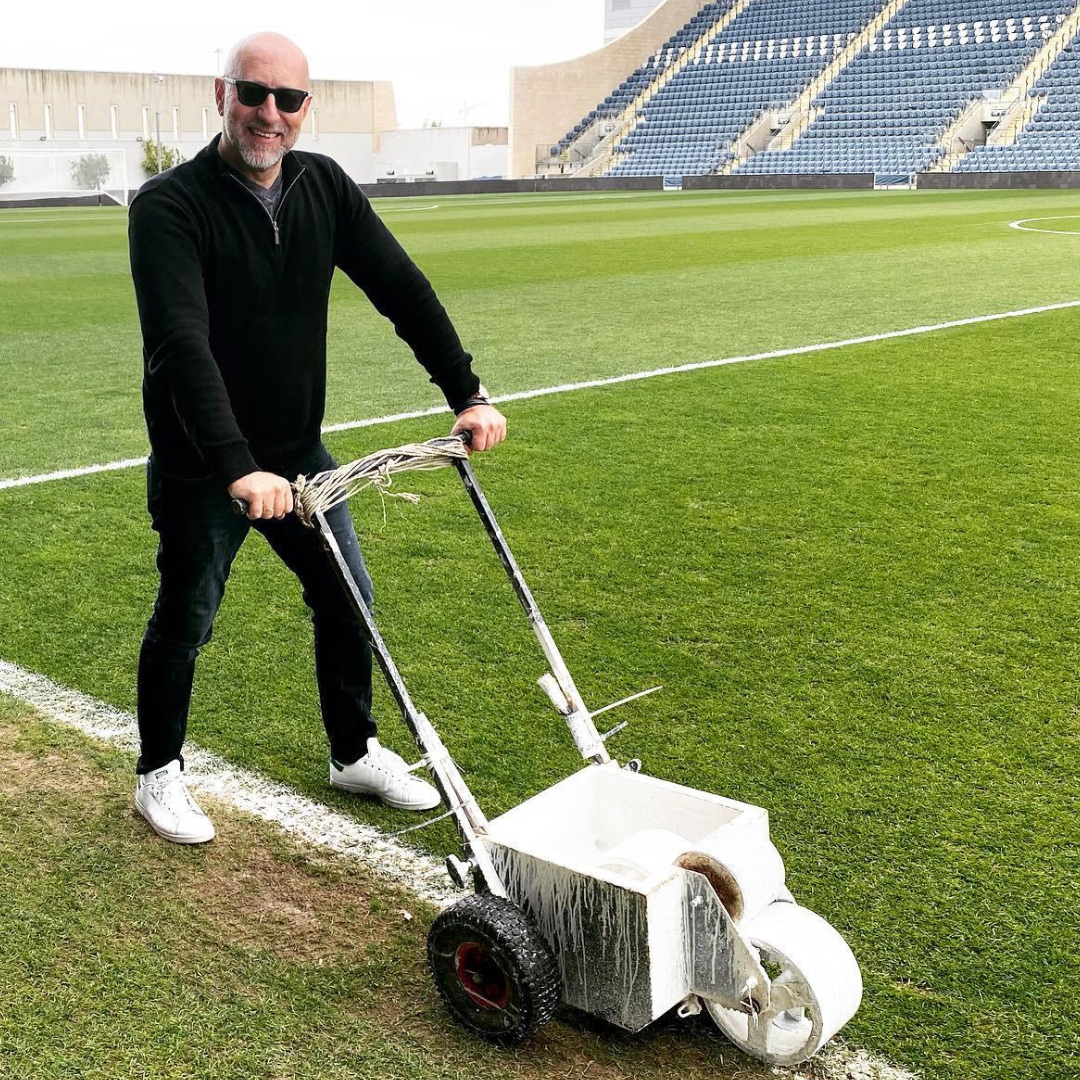
Final thoughts and what’s at Stake:
Here’s the brutal truth: clubs that delay, risk being left behind not just competitively, but commercially.
Fans are already expecting personalization.
Sponsors are demanding measurable ROI.
Digital real estate is underutilized.
Meanwhile, your competitors are already squeezing more out of the same stadium, the same content, the same fan base.
If you wait two years, you won’t just be late. You’ll be irrelevant in the commercial race.
Now here’s where we come in.
This isn’t just about the tech.
This is about us.
The next wave of winners is being built today.
And it’s not theory.
Let me offer a scenario worth thinking about:
“In 3-4 years, the clubs that dominate commercially won’t be the ones with the most fans – they’ll be the ones with the smartest AI stack.”
Let me leave you with this quote by Hemingway:
“How did you go bankrupt?” he was asked.
Two ways, he said. “Gradually, then suddenly.”
Disruption always works like that.
So does opportunity.
With love for sports and innovation,
AR

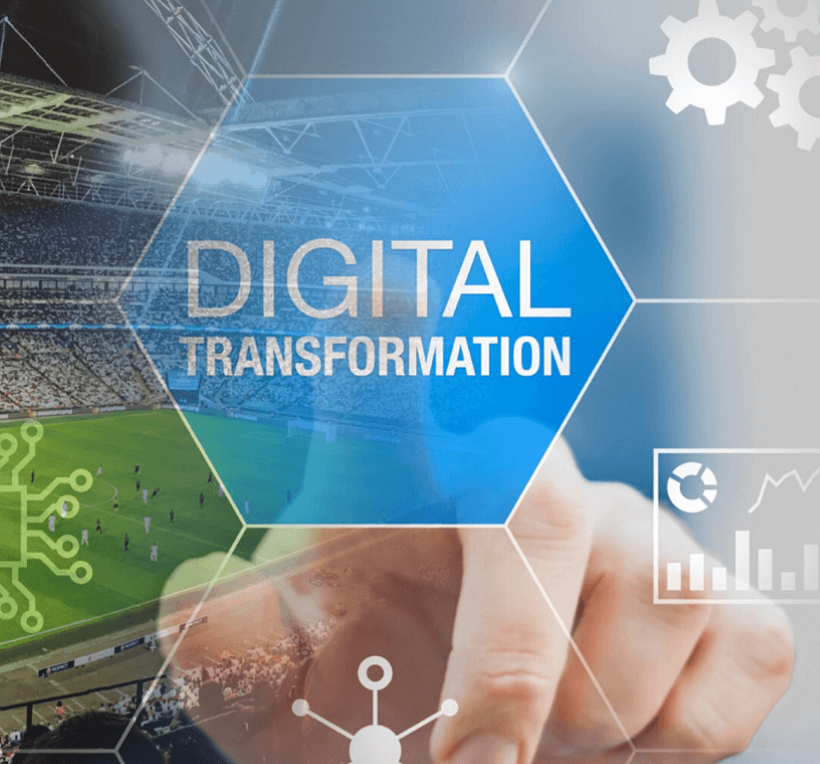
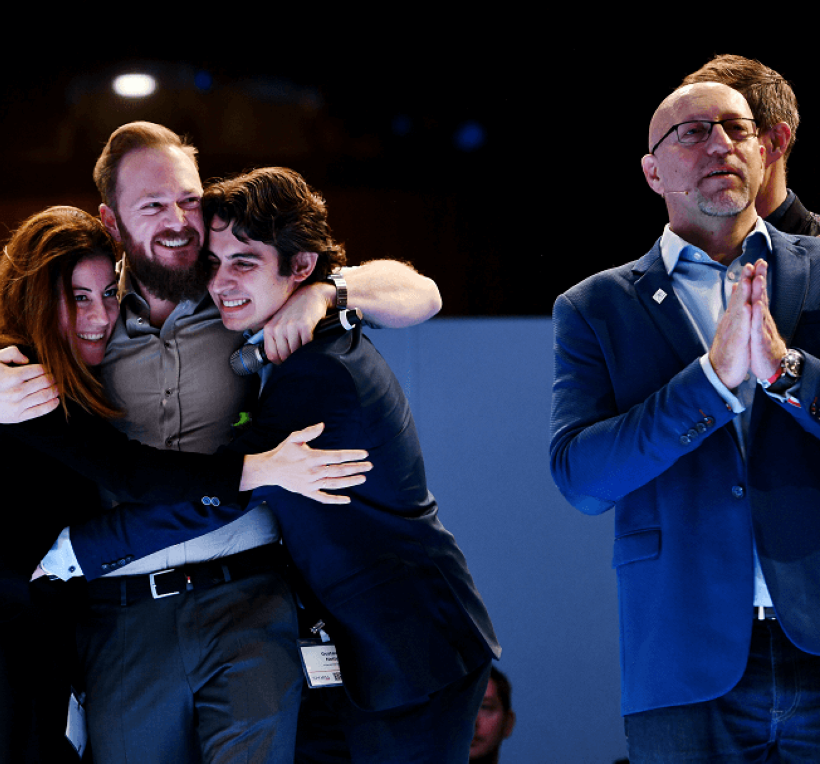

Comments